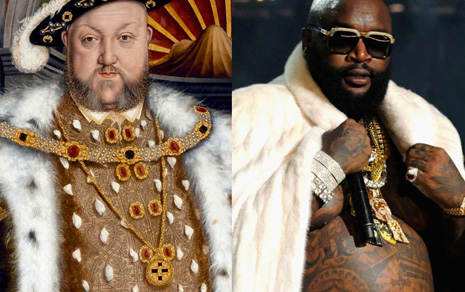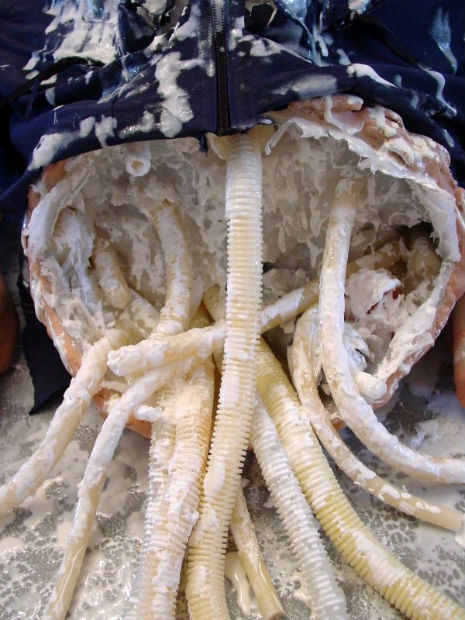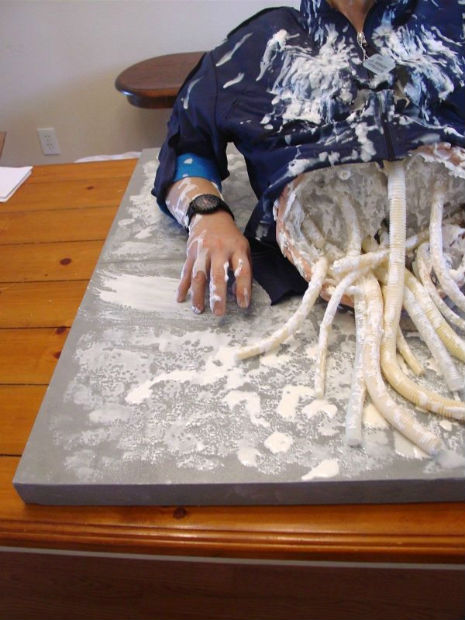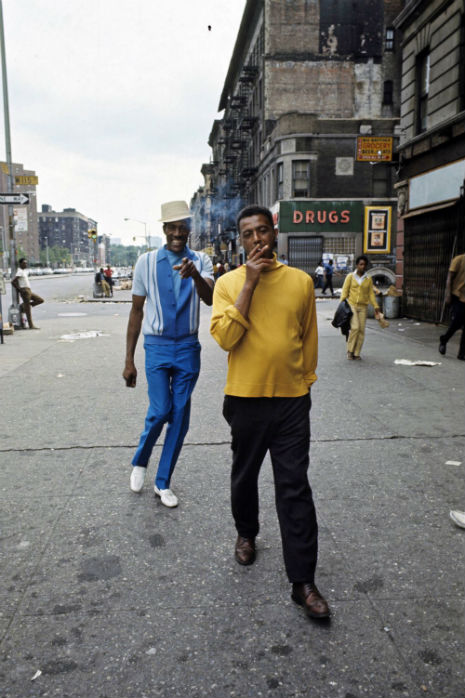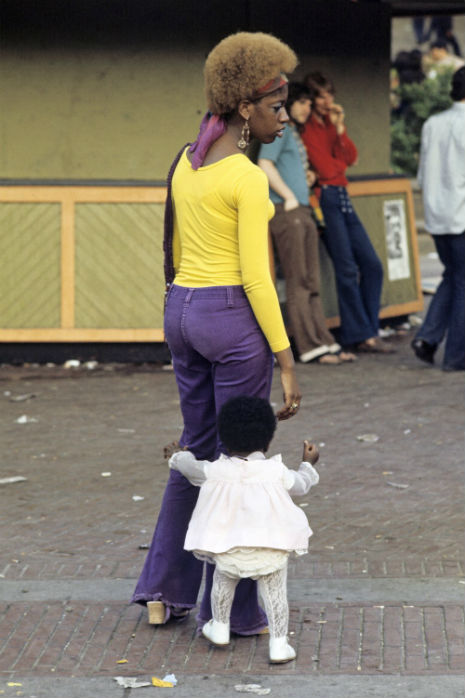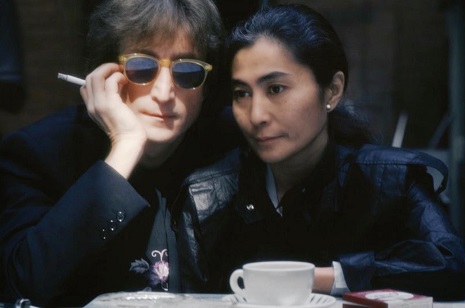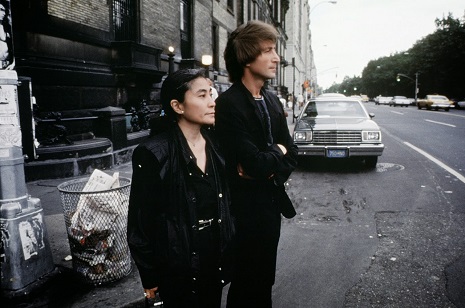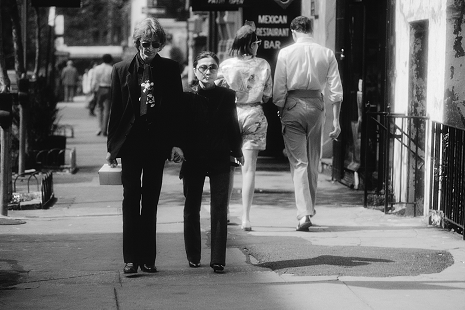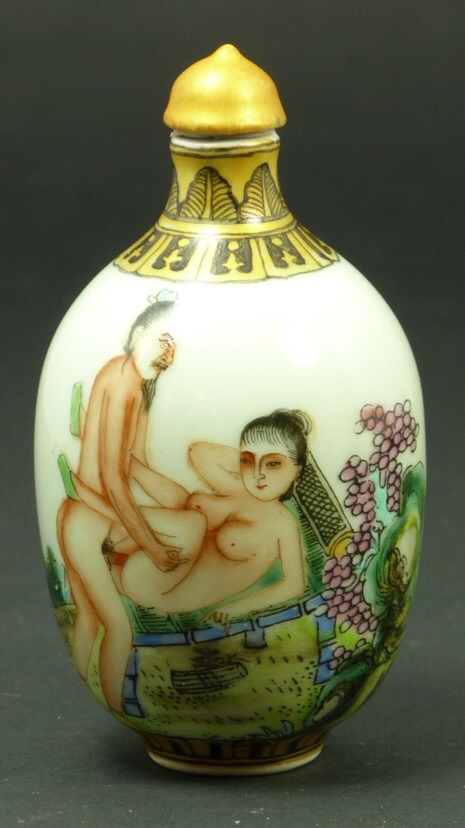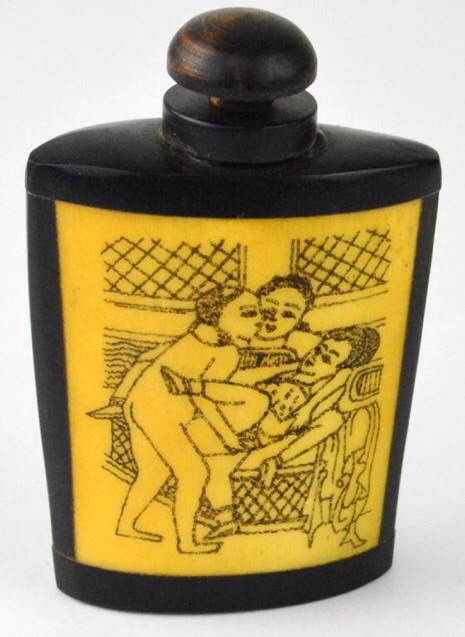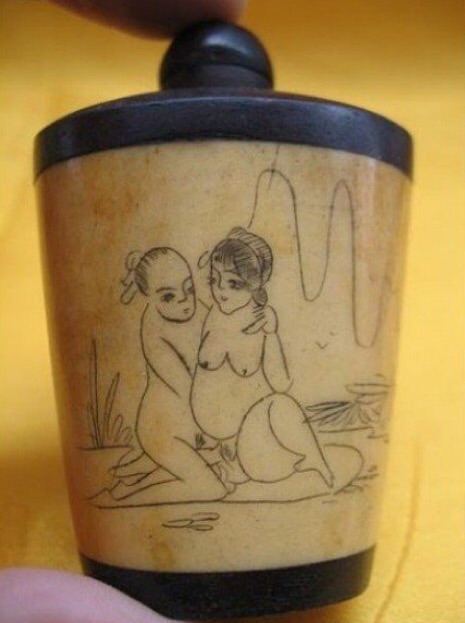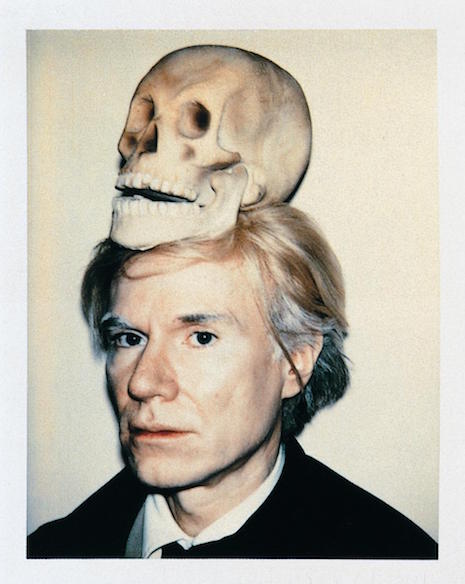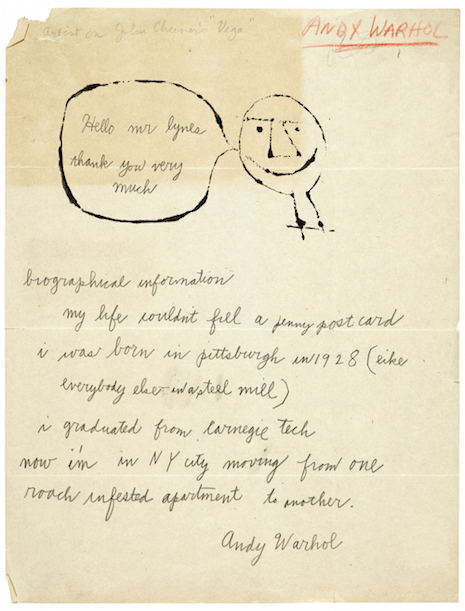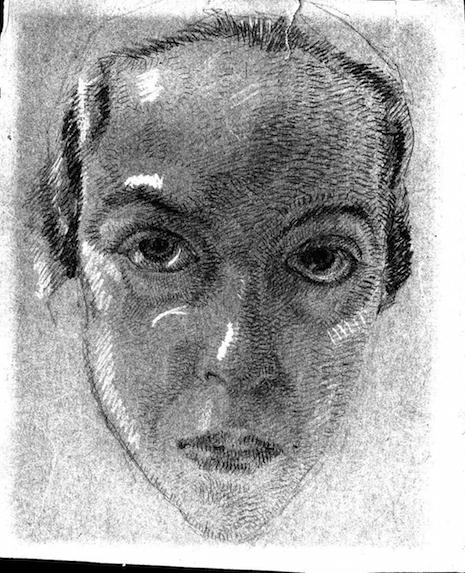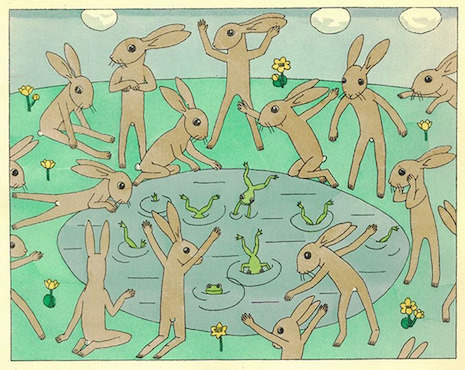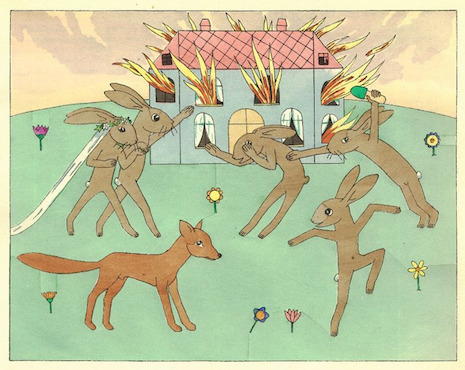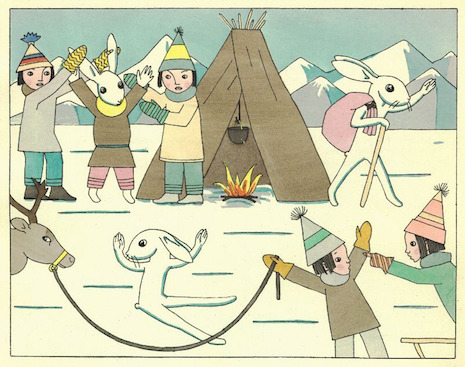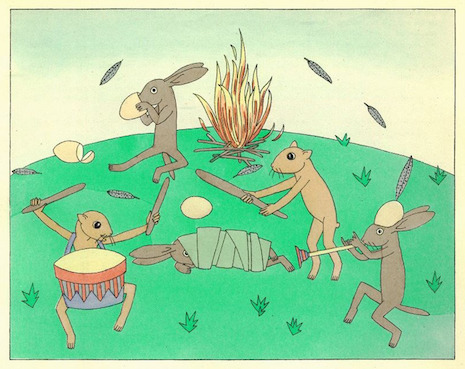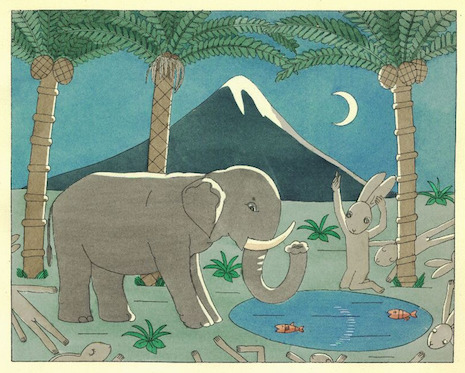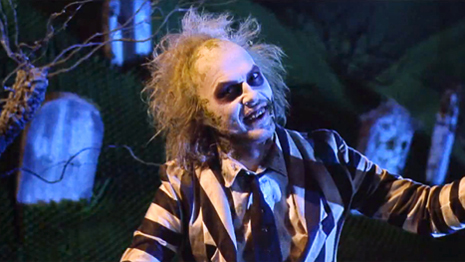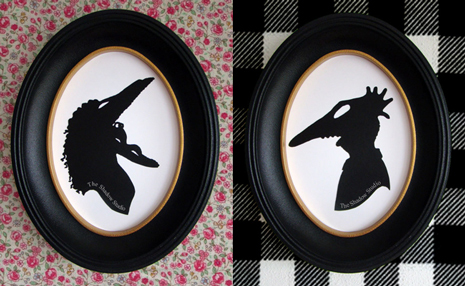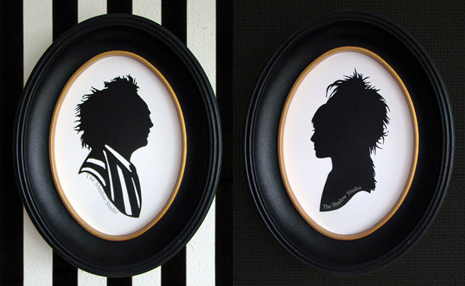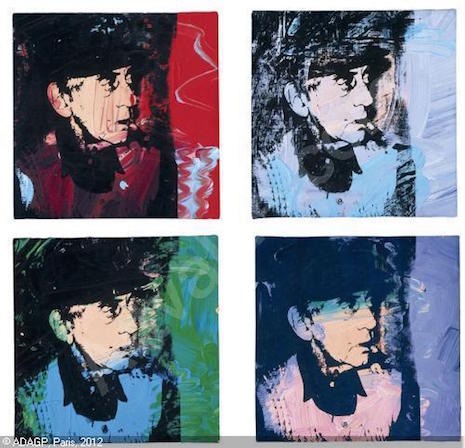
Andy Warhol, Portrait of Man Ray
This is easily the best thing I’ve seen all day. In 1976 Andy Warhol was conducting a photo shoot in the Paris apartment of the legendary photographer Man Ray. A camera crew was present and asked for a description of the goings-on, which were apparently fairly recursive in nature. Warhol in his semi-witting way, uncorked a mesmerizing batch of verbiage. It’s truly something to behold.
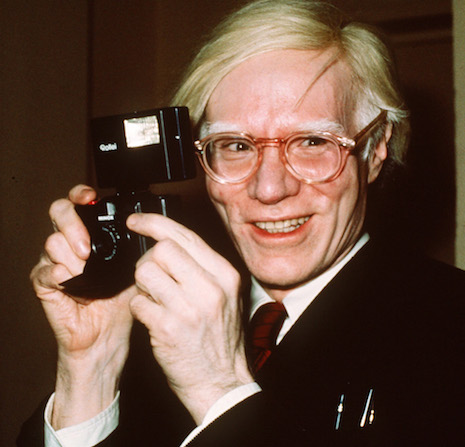
There’s a transcript of the interview in Kenneth Goldsmith, ed., I’ll Be Your Mirror: The Selected Andy Warhol Interviews, 1962-1987, which I’ve taken and brushed up just a touch here and there. Here’s the chunk of the video that’s been embedded below:
And then he took a picture of me again and I took another Polaroid of him and then we had the Super X… the camera 70… Super 70-X uh… And then I took one of um… ahhh… And then I took another picture of Man Ray and then I took another one of Man Ray and then I took another one of Man Ray. Then I took another with my uh… uh… with my funny camera, what’s it called? The funny camera? It’s called the uh… the portrait camera. And so I took another one of Man Ray and I took another one of Man Ray and I took another one of Man Ray. And then I think he signed one… one of them, and then I took another one of Man Ray. I took another picture of Man Ray, another Polaroid portrait of Man Ray and another Polaroid portrait of Man Ray, another Polaroid portrait of Man Ray and then another Polaroid portrait of Man Ray and then I took another Polaroid portrait of Man Ray and then I took another Polaroid portrait of Man Ray. And then I took another portrait. And then I think he took another portrait of me and then he signed that one for me and I put it in my sss… my Brownie shopping bag.
Amazingly, this is only a small portion of what he said…. you can see a full transcript of Warhol’s remarks here.
Just watch it, you won’t regret it.






